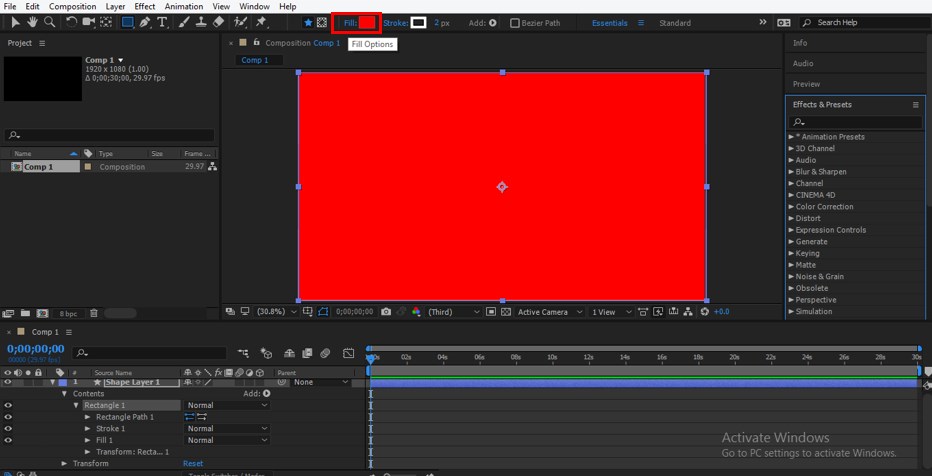

Infant makes an “embracing” motion by arching back, extending legs, throwing arms outward, and then bringing arms in toward the body Hold infant horizontally on back and let head drop slightly, or produce a sudden loud sound against surface supporting infant Helps infant survive if dropped into water Infant paddles and kicks in swimming motion Replaced by voluntary sucking after 4 months

Shine bright light at eyes or clap hand near headģ weeks (becomes voluntary head turning at this time) In the following table, a summary of some newborn reflexes is provided. Please refer to the Signs of Atypical Development in Infants section for additional information about patterns in child development which may indicate a more serious concern. Although the age at which these reflexes disappear may vary, the continuation of these reflexes well beyond the normal age range may indicate neurological problems in children (Comley & Mousmanis, 2007). A reflex can be described as “an inborn, automatic response to a particular form of stimulation” (Berk, 2008, p. Newborns have a wide variety of reflexes that are important for survival and later development (Berk, 2008).

While some of these reflexes gradually disappear, his skills grow rapidly during his first 12 months. Although an infant is almost helpless at birth, he has some skills and a strong set of reflexes to help him survive. Human infants need intensive care and nurturing from birth until they are able to live competently within our complex world.


 0 kommentar(er)
0 kommentar(er)
